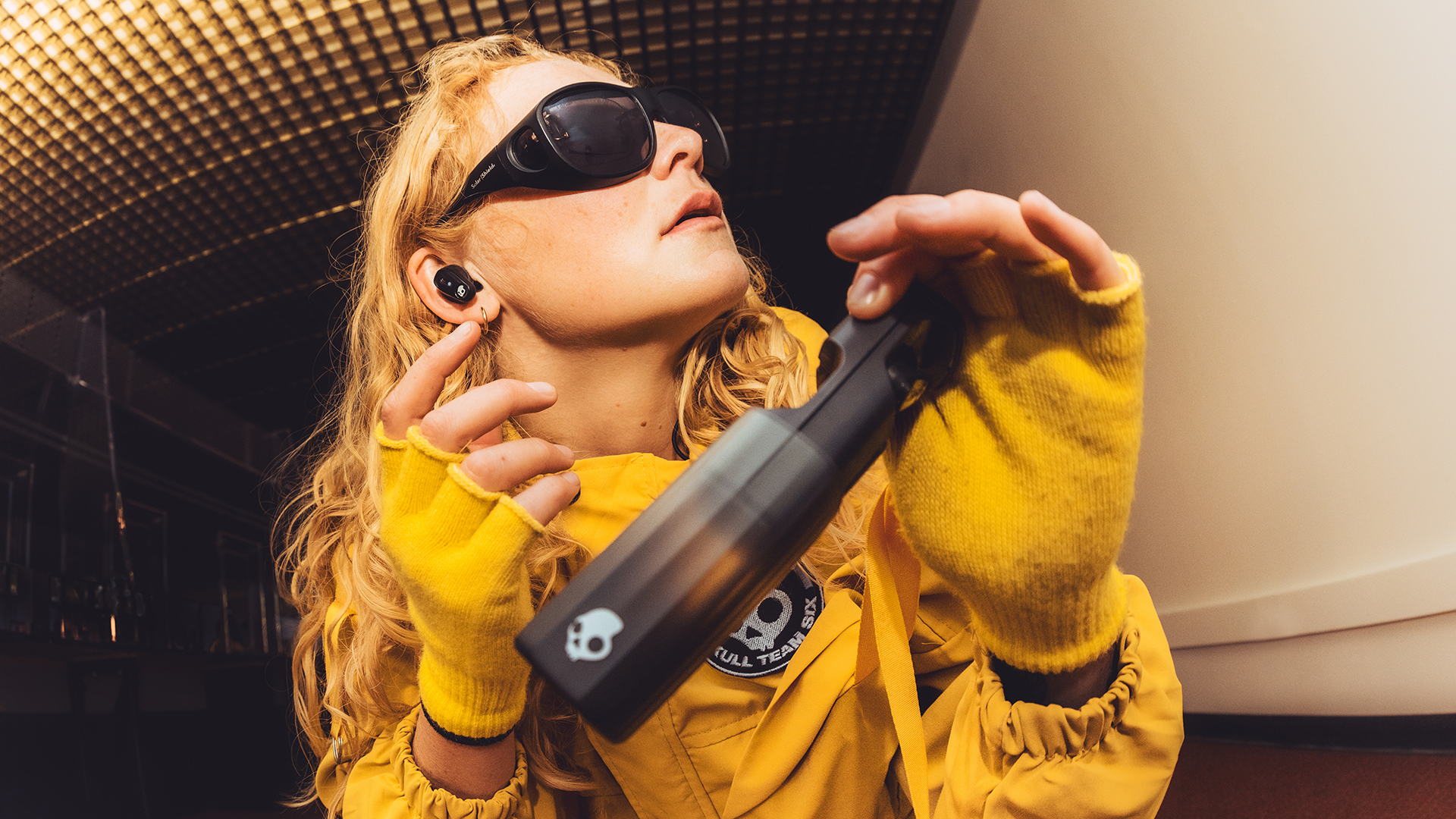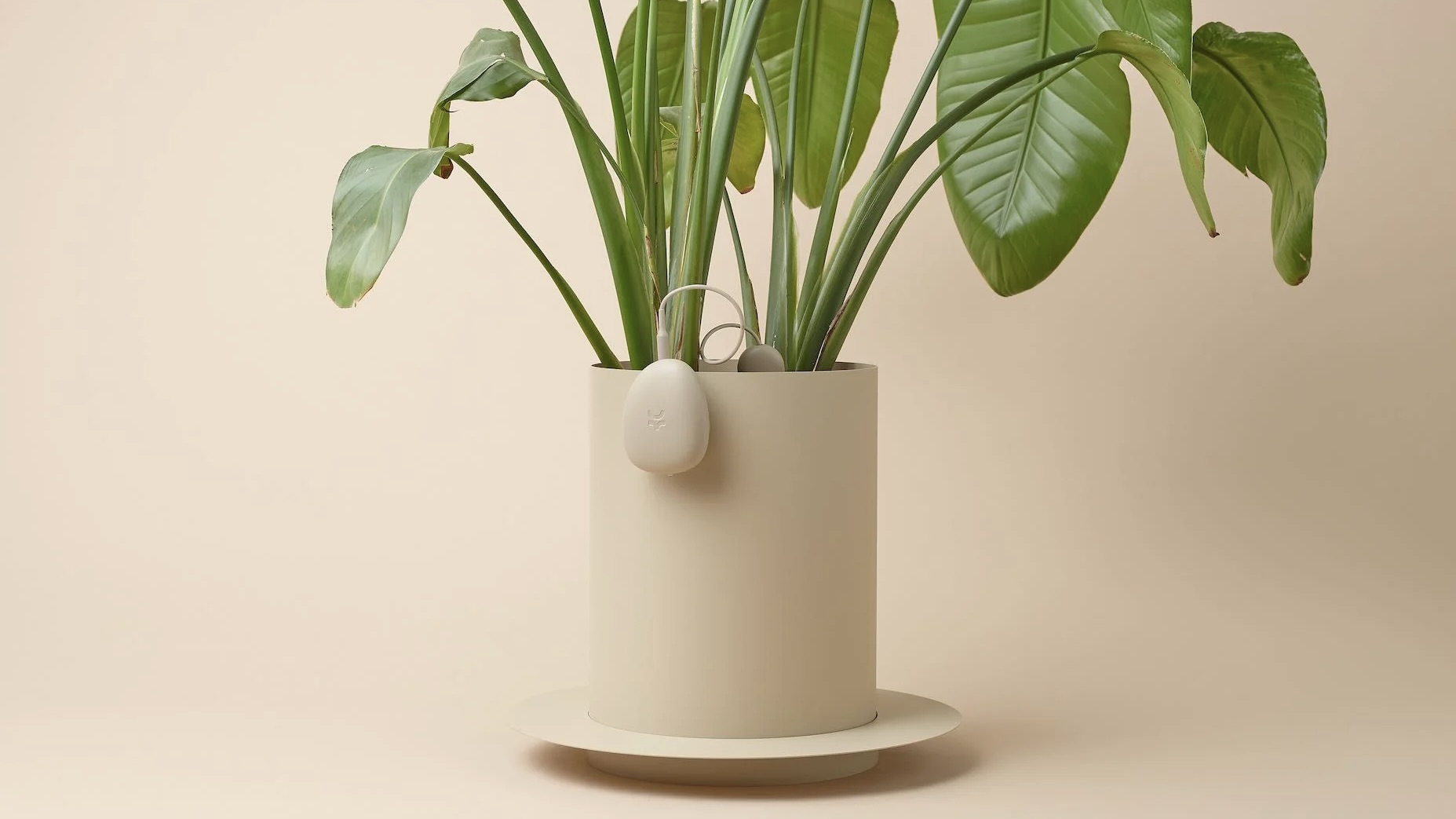

Want to know how to use a foam roller, or even what one is? The foam roller is a really useful bit of exercise kit that can help to release tension from tired and aching muscles, as well as boost recovery and athletic performance. And despite what the name suggests, they aren’t always made from foam either, coming in all manner of sizes, textures and thicknesses.
The idea behind the best foam roller is to use your body's weight to apply pressure to one or more target areas, typically the softer muscle or connective tissues (known as the fascia). Using a rolling motion, the foam roller has a similar effect to a massage, releasing muscle tension in the body and reducing delayed onset muscle soreness (DOMS).
Studies have shown that foam rolling can have a ton of benefits. A study in the International Journal of Sports Physical Therapy revealed that it could boost short-term flexibility, while other research published in the Journal of Sport Rehabilitation found foam rolling could increase long-term flexibility.
If you’ve always been baffled about how to use a foam roller, we’re here to guide you through exactly what to do. And if you are keen to take your recovery and restoration to the next level, then check out our guides for the best massage guns, the best massage chairs and the best massagers available now.
What does a foam roller do?
Matt Jones, performance coach for P3RFORM, explains that foam rolling targets muscle stiffness and is scientifically proven to improve blood flow and the elasticity of muscle tissue, joints and fascia - the body’s thin connective tissue that surrounds every organ, bone and muscle, keeping them in place. It also increases the range of motion and reduces the effect of DOMS.
What type of foam roller is best?
Jones says that there are several different types of foam rollers, and each will suit different people with different needs and goals.
“Low-density foam rollers are light and soft and are best suited for use during a workout or when you are feeling particularly sore,” he says. “Firm foam rollers are smooth to the touch but are very dense, providing more concentrated myofascial release than low-density foam rollers. This is the application of pressure either with a foam roller or physical therapy to release these knots and reduce pain and inflammation.”
Sign up to the T3 newsletter for smarter living straight to your inbox
Get all the latest news, reviews, deals and buying guides on gorgeous tech, home and active products from the T3 experts
In Jones’ opinion, the best type of foam roller is the textured foam roller, because it is able to deeply manipulate the body’s connective tissue and provide better results.
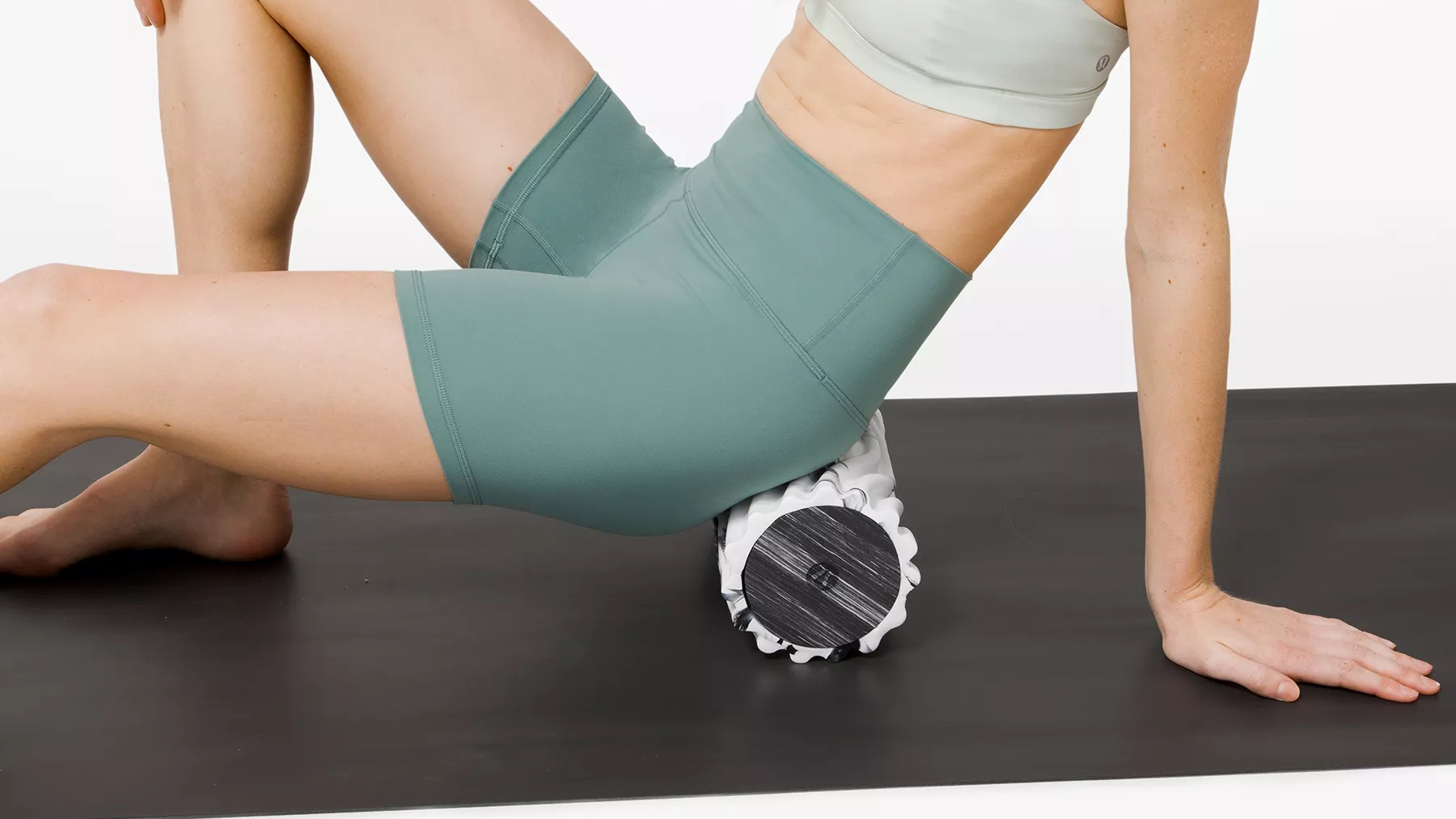
When should you use a foam roller?
Jones says that foam rolling has different benefits when used before or after a workout - although it’s more common to use one after a workout. This is to release any tension or knots in the muscles and to speed up recovery. If you stretch after a workout, you should foam roll first, before stretching.
How to use a foam roller after exercise
“There are some parts of the body you should definitely foam roll, and some you definitely should not,” says Jones. “Avoid rolling the outer thigh, even if you see others do it, as this is the ‘IT Band’ and too much pressure can cause injury and extreme pain.
“One of the best ways to foam roll after exercise is rolling the calves, as these will often be tight and sore no matter what exercise you have done, and is particularly effective after running.”
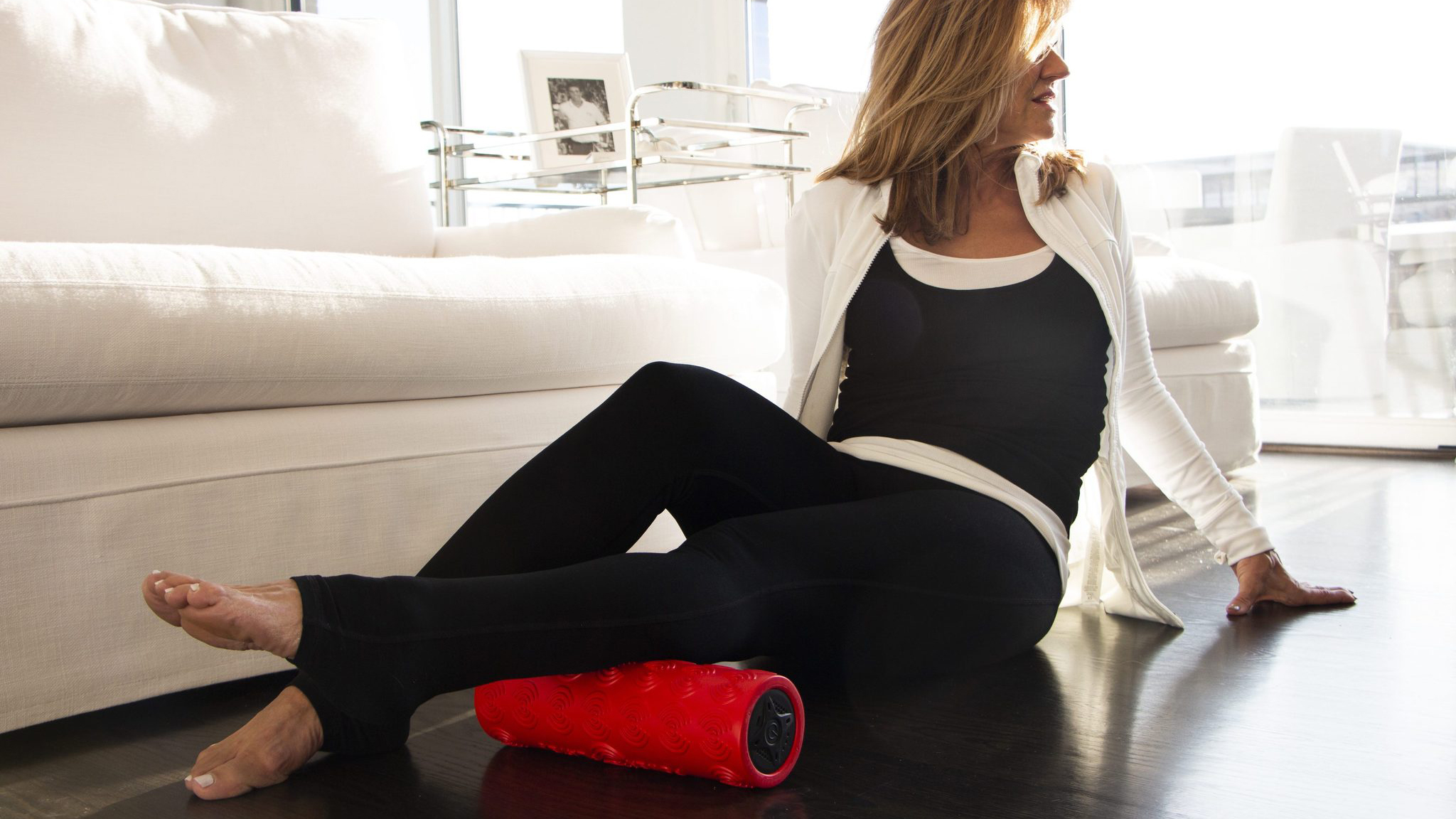
How to foam roll calves
First, sit on the floor with your legs out straight and place the foam roller under your left calf. Bend your right knee and place your right foot on the floor, then lean back onto your hands. In this position, you should be able to lift your body off the floor so that your left calf is leaning on the foam roller, with your right foot on the floor helping to keep you balanced. From here, use your hands and arms to push yourself forwards and backwards so that your calf is rolling over the foam roller. To work it deeper, you can cross your right leg over your left. Roll for 30-60 seconds then switch sides.
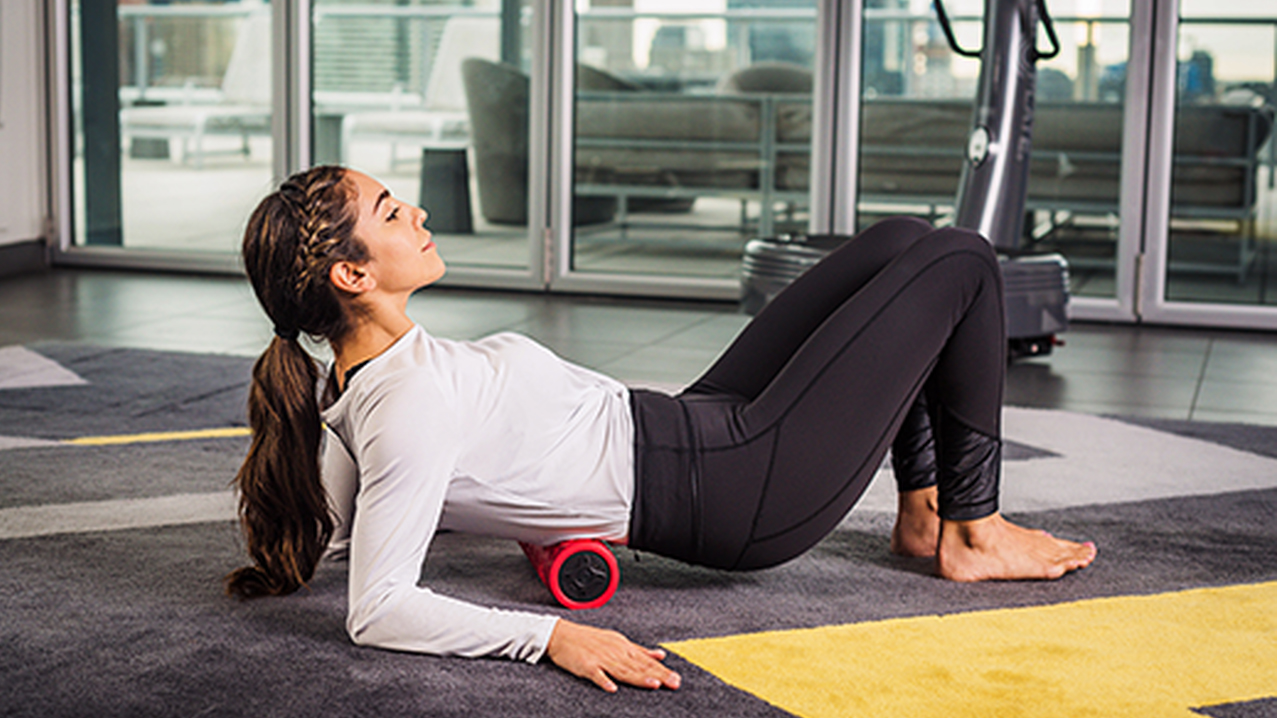
How to foam roll your upper back
Lie on your back with the foam roller positioned under your mid-back. Bend both your knees and place both feet on the floor, hip-width apart. Using your legs, roll yourself over the foam roller from the base of your spine to the top. You can use your arms for support or balance. Roll for 30-60 seconds.
How to foam roll your quads
Lie on your front, with your upper body supported on your elbows and the foam roller under your quads. Brace your core, then using your core strength and forearms for support, roll your lower body over the roller towards your knees. Then, roll back up until you reach your hip flexors. Roll for 30-60 seconds.
How to foam roll your hamstrings
Sit on the floor with your legs outstretched and your hands behind you for support. Place the foam roller under your left hamstring (upper leg). Using your arms and with your right knee bent, roll yourself over the foam roller. Roll for 30-60 seconds.
How to foam roll your neck
Be sure to use a low-density foam roller for this one, without any texture. Lie on your back with the foam roller supporting your neck. Slowly and mindfully, turn your head from one side to the other. Repeat for 30-60 seconds.
Maddy Biddulph is a national journalist and content creator specialising in lifestyle, fitness, health and wellbeing.
-
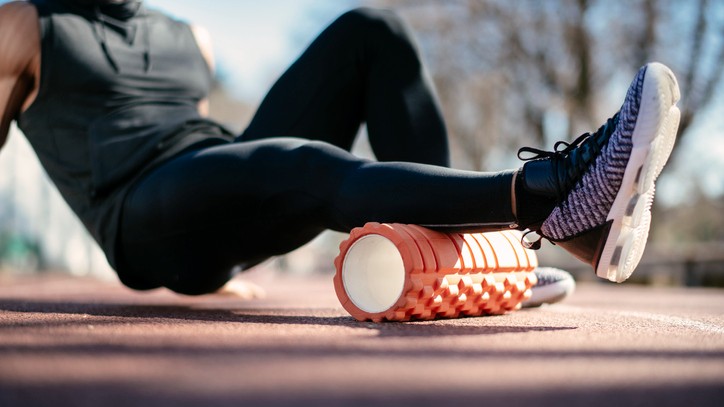 5 best foam roller exercises to speed up recovery
5 best foam roller exercises to speed up recoveryfeature Give these foam roller exercises a go after your next workout to soothe muscles and reduce DOMS
By Louise Bond
-
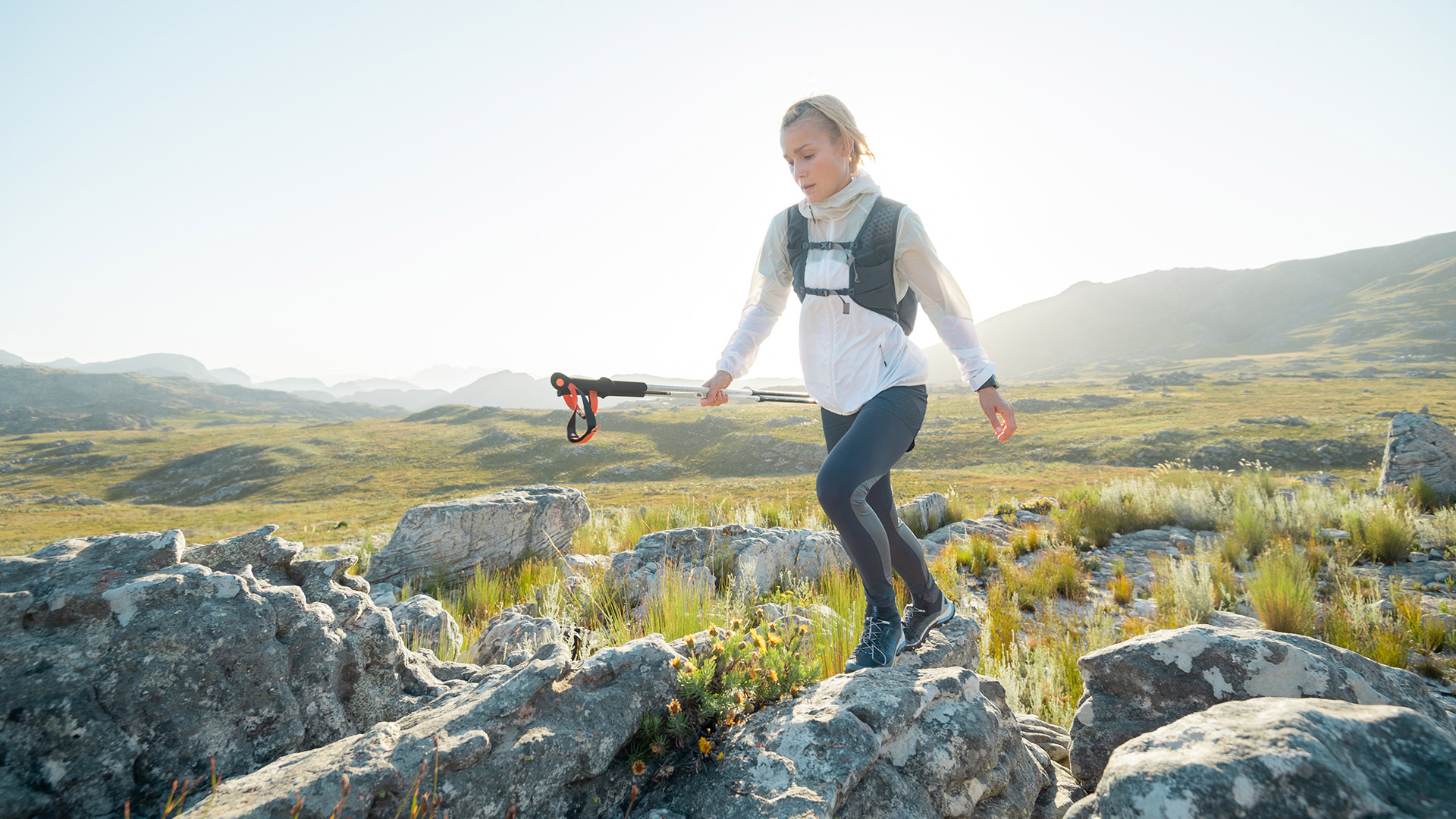 How to stay safe if you're hiking alone
How to stay safe if you're hiking aloneHiking on your own? These top tips will help you to keep you safe out on the trails
By Lou Mudge
-
 Day hike essentials: what to pack for a single day trip
Day hike essentials: what to pack for a single day tripHeading out on the trails? Don't forget these day hike essentials
By Lou Mudge
-
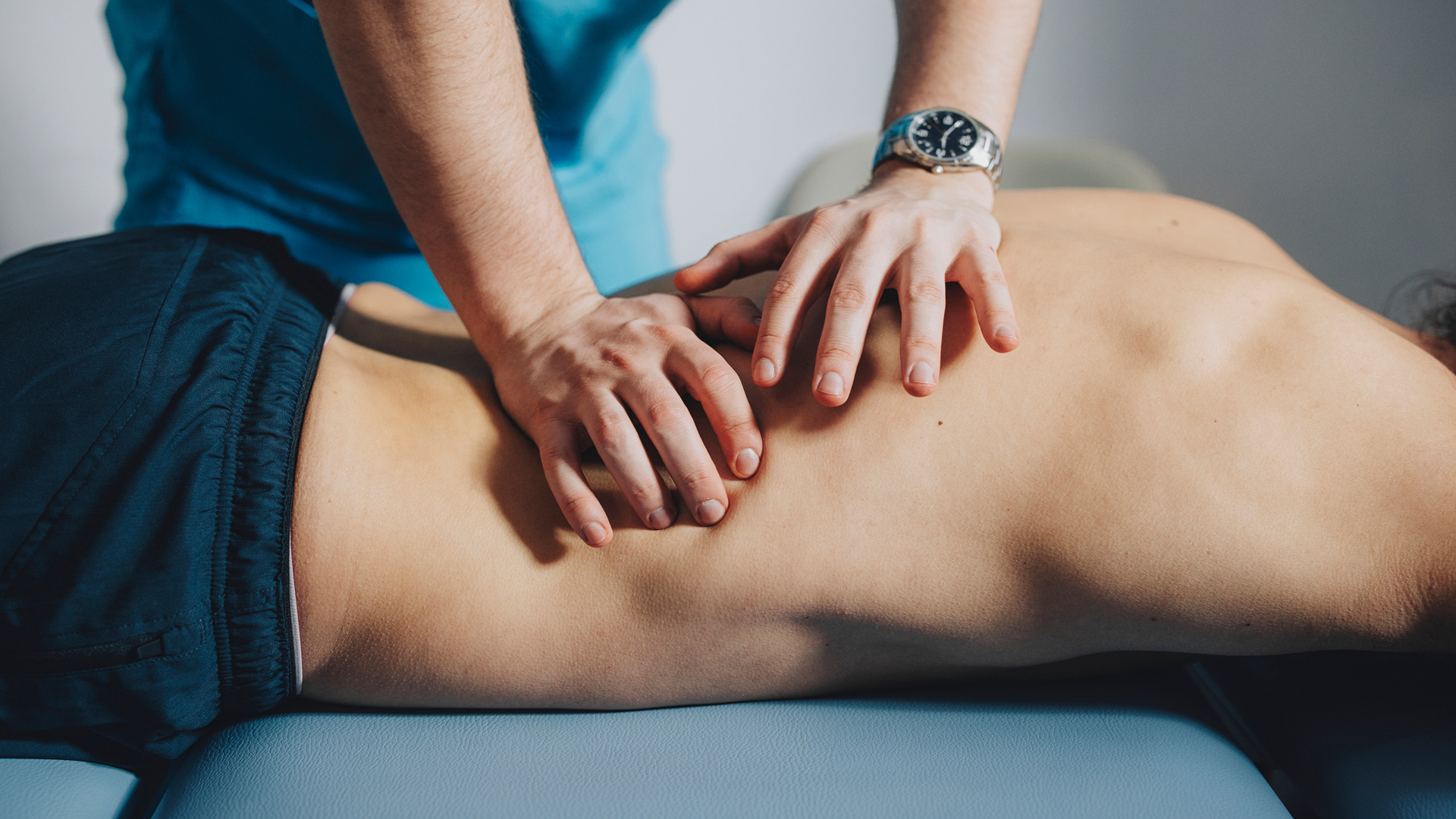 Does massage help circulation? Here's why it might not be the best option for improving blood flow
Does massage help circulation? Here's why it might not be the best option for improving blood flowLooking to improve your circulation? We asked the experts whether massage can really help
By Amy Hunt
-
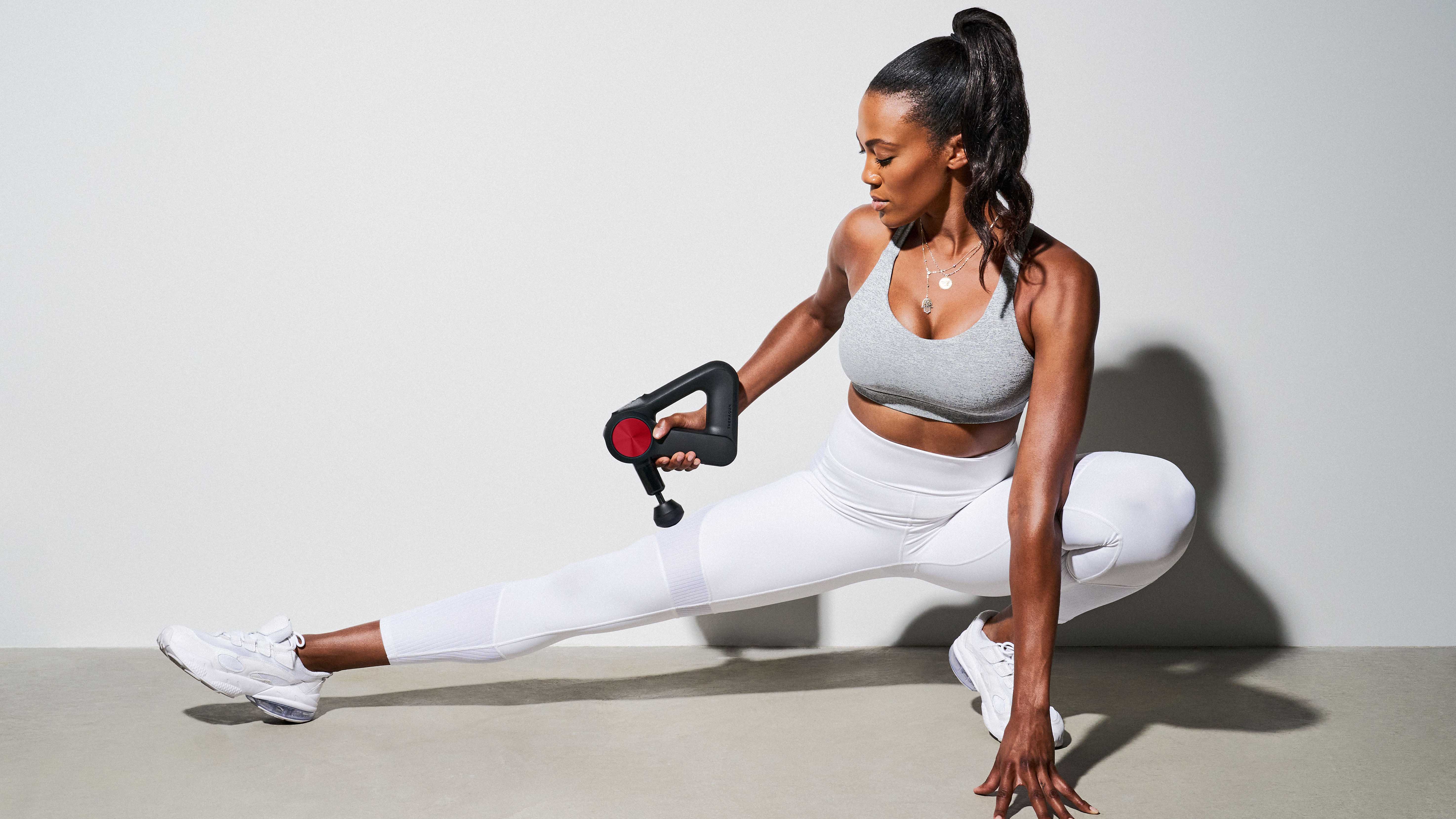 5 surprising benefits of massage guns from improved flexibility to reducing the effects of DOMS
5 surprising benefits of massage guns from improved flexibility to reducing the effects of DOMSThere are so many benefits of a massage gun, whether it's faster recovery or better sleep
By Maddy Biddulph
-
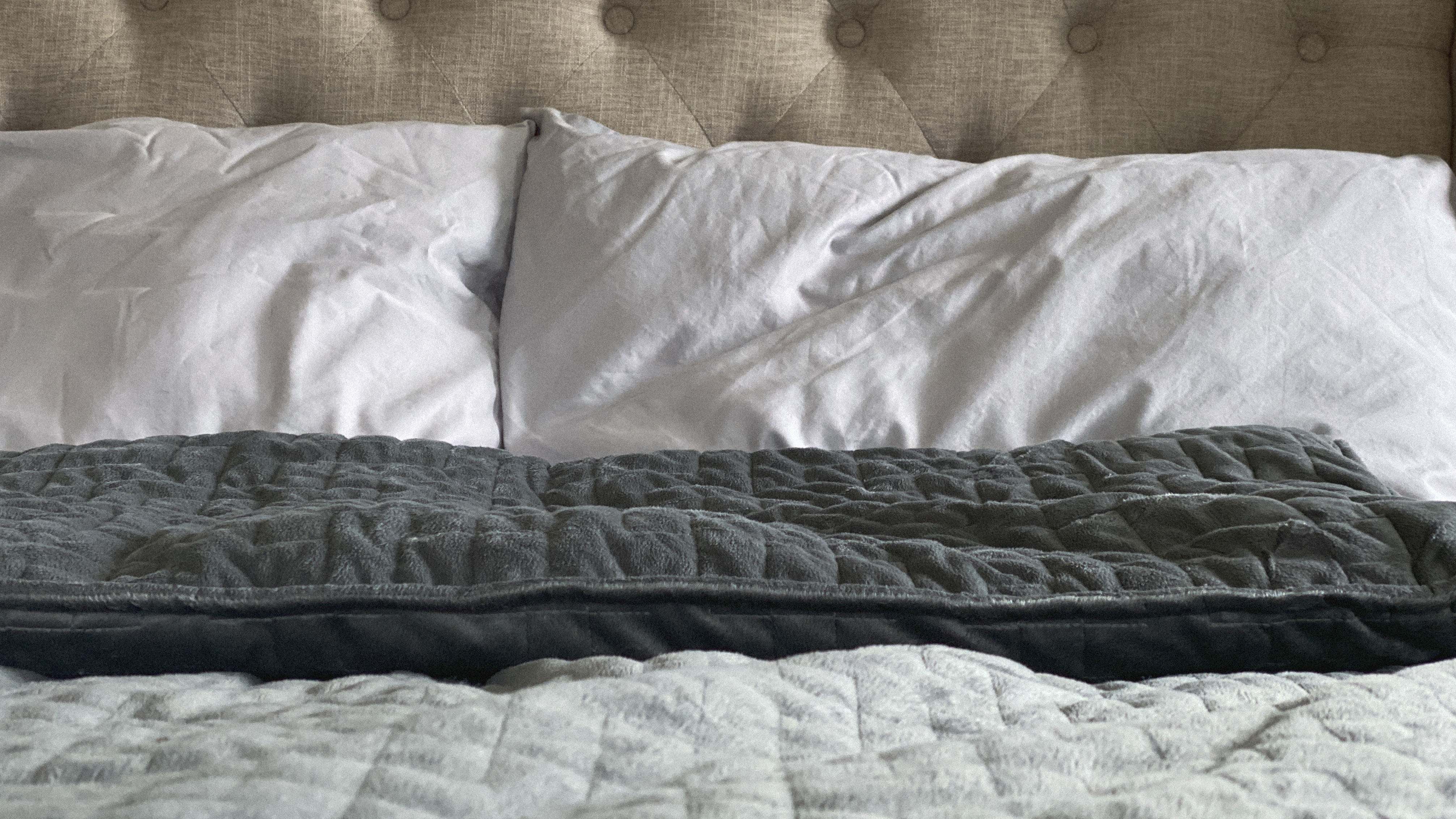 How heavy should a weighted blanket be? We asked the experts
How heavy should a weighted blanket be? We asked the expertsFEATURE If you're wondering how heavy your weighted blanket should be, here's what you need to know
By Bo Heamyan
